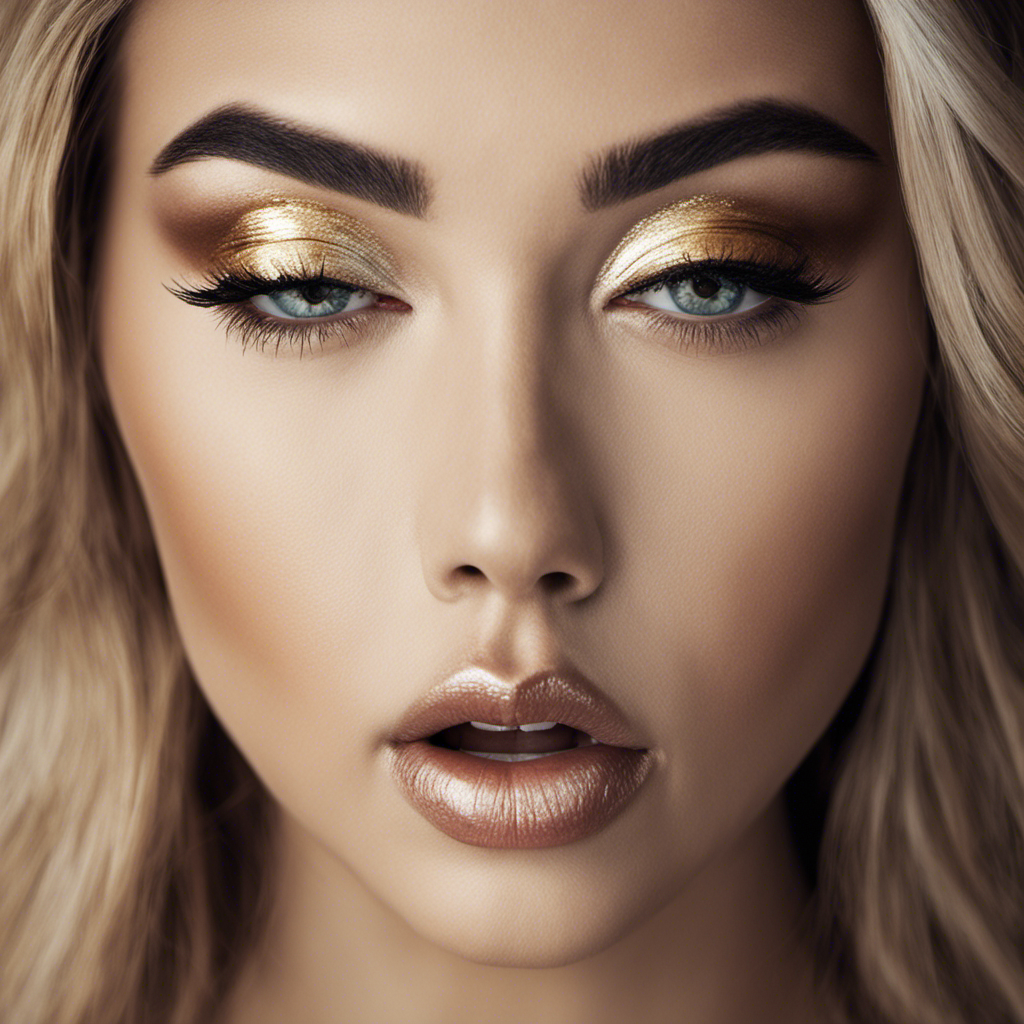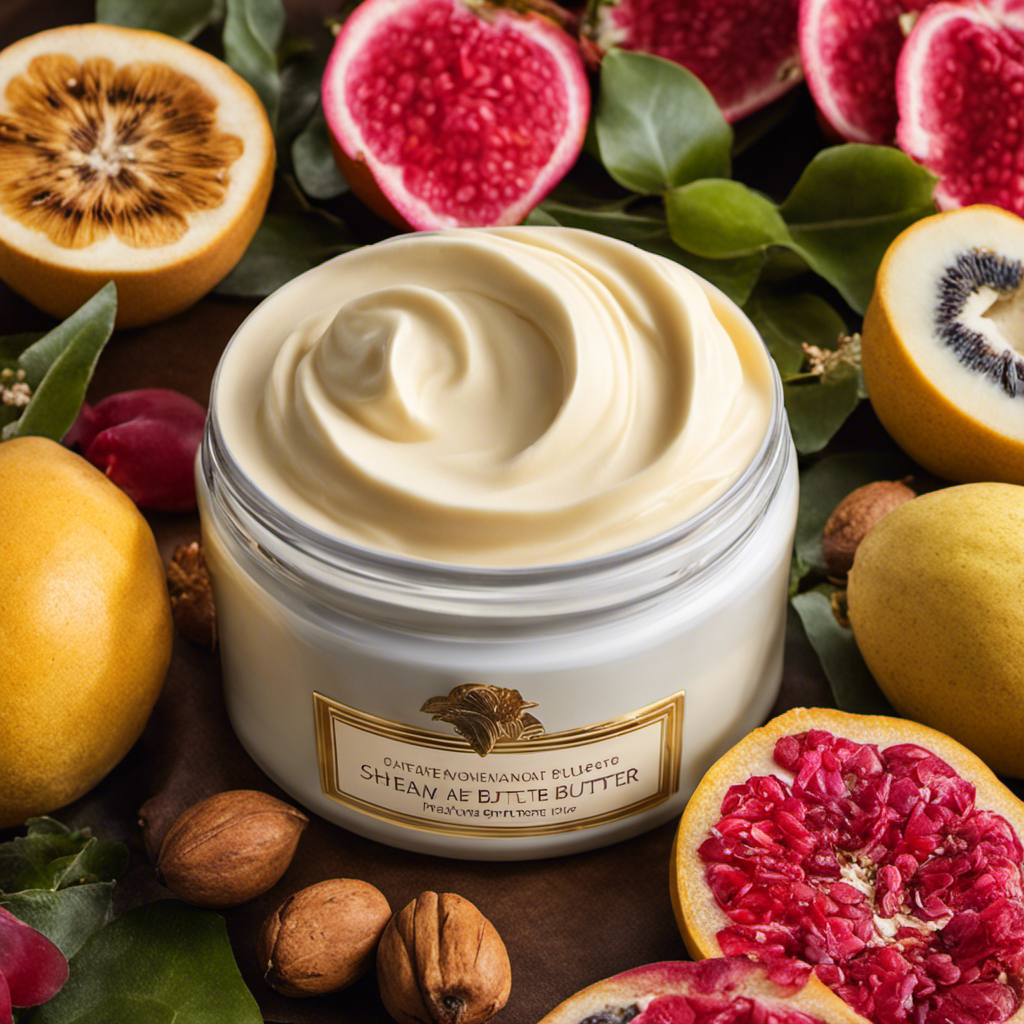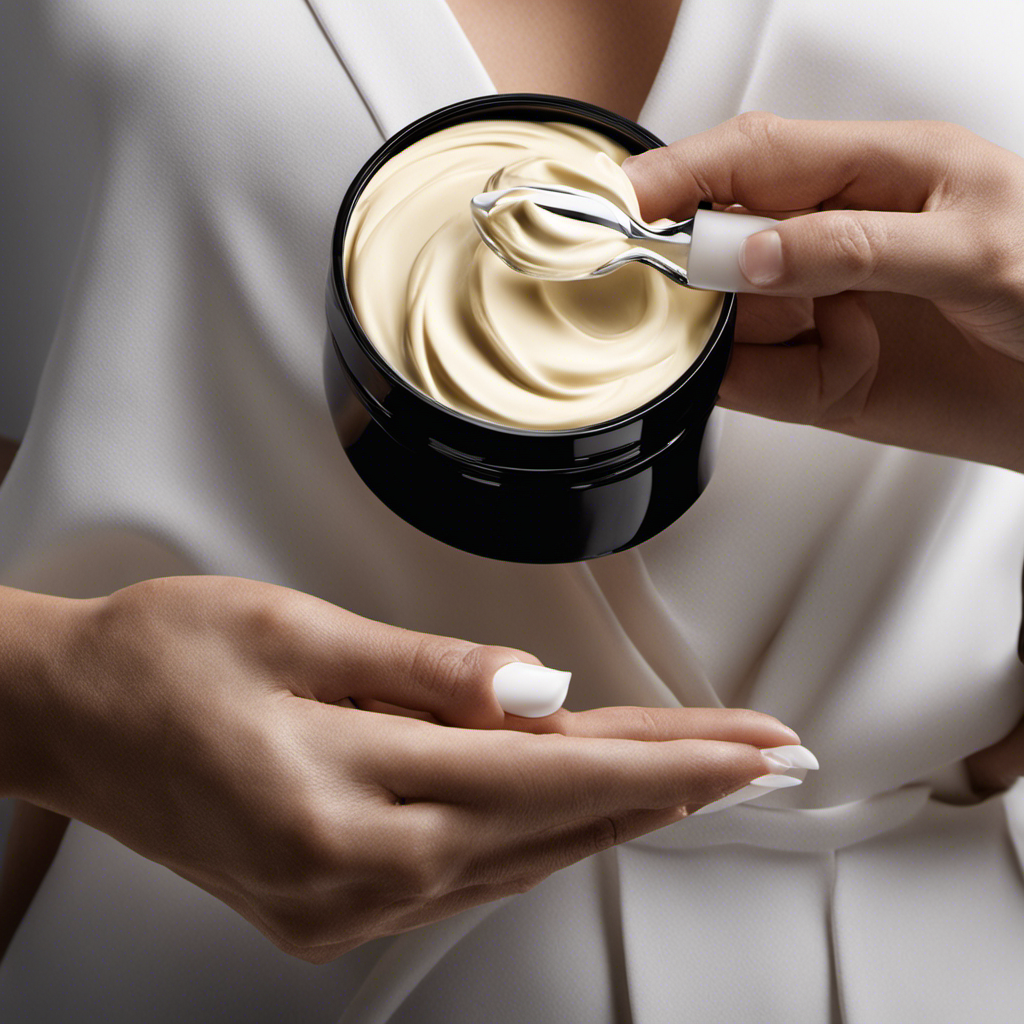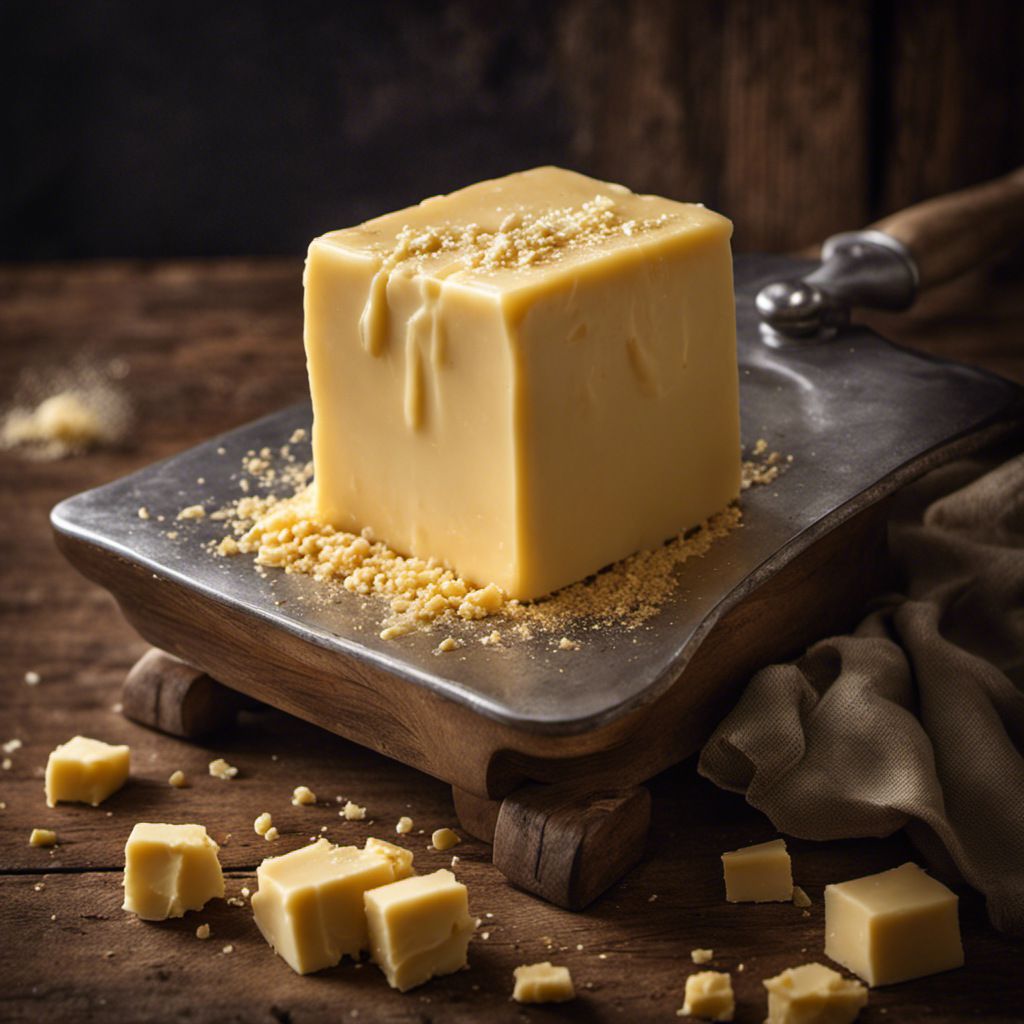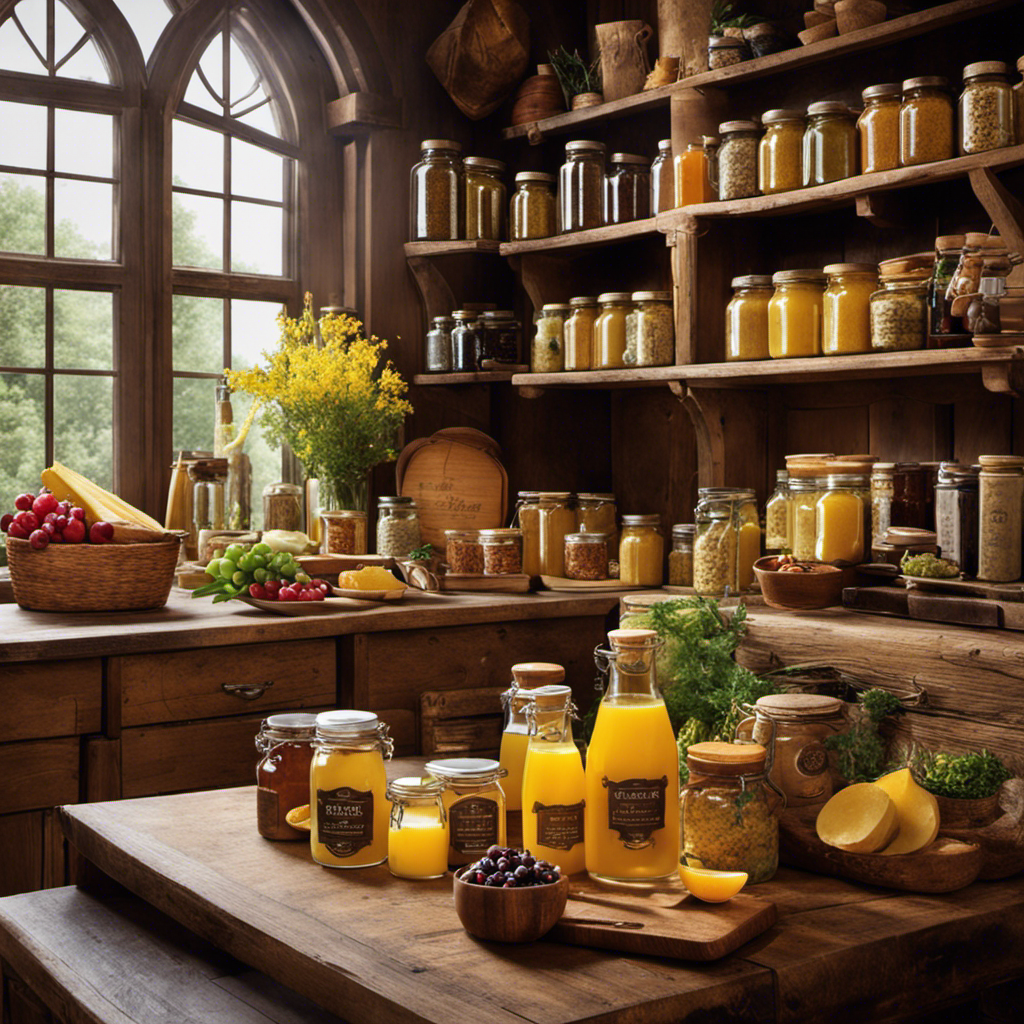Have you ever encountered the term ‘butter face’ and wondered what it means? Let me shed some light on this perplexing phrase.
In this article, we will delve into the origins of the term, examine its cultural implications, and explore the impact it has on self-esteem and body image.
But fear not, we won’t just focus on the negative. We will also discuss empowering alternatives to beauty judgments and challenge the notion of physical attractiveness.
So, let’s dive in and unravel the mysteries behind the concept of a ‘butter face.’
Key Takeaways
- The term ‘butter face’ refers to someone with an attractive body but an unattractive face, and it originated in the early 2000s.
- The term has evolved in meaning and now objectifies and devalues individuals based solely on their physical appearance.
- Cultural influences and societal pressures shape perceptions and stereotypes about physical attractiveness, leading to negative labels for those who don’t fit beauty standards.
- Exposure to unrealistic beauty standards in the media can negatively impact self-esteem and body image, perpetuating a cycle of low self-worth and emotional distress.
Defining a Butter Face
A butter face is someone who has an attractive body but an unattractive face. The term ‘butter face’ has evolved in meaning over the years and now has societal implications.
Originally, it was a slang term used to describe someone who had a beautiful physique but an unattractive facial appearance. However, in recent times, the term has gained negative connotations as it objectifies and devalues individuals based solely on their physical appearance.
It perpetuates harmful beauty standards and reinforces the idea that someone’s worth is determined solely by their looks. This can have detrimental effects on self-esteem and body image, particularly for women who are often subjected to unrealistic beauty standards.
It is important to challenge and reject such shallow judgments and focus on appreciating people for their unique qualities beyond mere physical appearance.
Origin and Evolution of the Term
The term ‘butter face’ originated in the early 2000s and has since evolved into popular slang. It is used to describe a person who has an attractive body but an unattractive face.
The evolutionary origins of this term can be traced back to our innate preference for symmetry and facial attractiveness, as these features are often associated with good health and fertility.
However, the cultural significance of the term lies in its objectification and derogatory nature, perpetuating harmful beauty standards and reinforcing societal judgments based on physical appearance.
This can lead to negative self-esteem and body image issues. It is important to recognize and challenge these cultural perceptions and stereotypes, promoting acceptance and appreciation of all individuals, regardless of their physical appearance.
Cultural Perceptions and Stereotypes
You should challenge cultural perceptions and stereotypes by promoting acceptance and appreciation of all individuals, regardless of their physical appearance.
Cultural influences and societal pressures play a significant role in shaping our perceptions and stereotypes about physical attractiveness. These influences can come from media, advertising, and even our own social circles.
Society often emphasizes certain beauty standards, and anyone who does not fit into these standards may be labeled negatively. This can lead to the formation of stereotypes, such as the term ‘butter face’ which focuses solely on a person’s facial features.
Impact on Self-esteem and Body Image
When it comes to self-esteem and body image, the media plays a significant role in shaping our perceptions and ideals of beauty. From airbrushed magazine covers to perfectly curated Instagram feeds, we are constantly bombarded with images of flawless models and celebrities.
This relentless exposure to unrealistic beauty standards can have a detrimental effect on our self-esteem and body image, leading to feelings of inadequacy and the constant need to compare ourselves to these unattainable ideals.
However, there is a growing movement that aims to challenge these beauty standards and promote body positivity and inclusivity, reminding us that beauty comes in all shapes, sizes, and forms.
Media’s Role in Self-Esteem
Media plays a significant role in shaping self-esteem. Its influence on our perception of self-worth and the creation of a comparison culture cannot be underestimated. Here are four ways in which the media impacts our self-esteem:
-
Unrealistic standards: The media bombards us with images of flawless bodies and perfect lives, creating unrealistic expectations that can lead to feelings of inadequacy.
-
Comparison trap: Constant exposure to carefully curated social media feeds can make us compare ourselves to others, leading to a negative self-image and diminished self-esteem.
-
Objectification: The media often objectifies individuals, reducing them to their physical appearance and reinforcing harmful beauty standards.
-
Lack of diversity: Limited representation in the media can make individuals feel invisible, unimportant, or not good enough.
Understanding the media’s influence on our self-esteem is crucial in fostering a healthier relationship with ourselves and combating the negative effects of comparison culture.
Challenging Beauty Standards
Challenging beauty standards involves redefining societal norms and embracing a more inclusive and diverse understanding of what it means to be beautiful.
In recent years, there has been a growing movement towards redefining beauty and promoting body positivity. This movement aims to challenge the narrow and unrealistic beauty standards that have been perpetuated by the media and society. It encourages individuals to embrace their unique features and celebrate their bodies regardless of size, shape, or appearance.
By promoting a more inclusive definition of beauty, this movement seeks to empower individuals and promote self-acceptance. It also highlights the importance of embracing diversity and recognizing that beauty comes in many different forms.
Redefining beauty and promoting body positivity is a crucial step towards creating a more inclusive and accepting society.
Media and Society’s Role in Perpetuating the Concept
You might not realize it, but society plays a significant role in perpetuating the concept of a butter face. Media influence and societal expectations shape our perception of beauty, often focusing on physical appearance as the primary measure of worth. Here are some ways in which society contributes to this harmful concept:
-
Media portrayal: The media often presents unrealistic beauty standards, emphasizing flawless faces and perfect features.
-
Social pressure: Society puts immense pressure on individuals to conform to these standards, leading to self-esteem issues and body dissatisfaction.
-
Objectification: The objectification of women in media reinforces the idea that their worth is based solely on their physical appearance.
-
Comparison culture: Constant exposure to images of idealized faces on social media platforms fuels comparison, leading to feelings of inadequacy and self-judgment.
Understanding the influence of media and societal expectations is crucial in challenging the perpetuation of the butter face concept and promoting body positivity and acceptance for all individuals, regardless of their physical appearance.
Changing Beauty Standards and Rejection of the Term
The rejection of the term ‘butter face’ signifies a shift towards more inclusive and diverse beauty standards.
In recent years, there has been a growing awareness of the harmful impact of derogatory terms and the need for greater representation in the media.
The term ‘butter face’, which refers to someone with an attractive body but an unattractive face, perpetuates unrealistic beauty ideals and reinforces harmful stereotypes.
This term not only objectifies and devalues individuals based on their physical appearance but also contributes to body shaming and low self-esteem.
As society becomes more aware of the importance of body positivity and embracing diverse beauty, there has been a push to reject such derogatory terms and promote a more inclusive and accepting environment.
This shift reflects a broader movement towards celebrating all bodies and challenging narrow beauty standards promoted by the media.
Psychological Effects on Individuals Labeled as Butter Faces
When individuals are labeled as ‘butter faces,’ it can have significant psychological effects on their well-being.
One key point to consider is the impact on self-esteem and body image. Being constantly judged and criticized for one’s appearance can lead to feelings of inadequacy and a negative perception of oneself.
Additionally, the social isolation and ostracism that often accompany this label can further exacerbate these negative feelings, leading to increased feelings of loneliness and a decreased sense of belonging.
This can have a profound impact on mental health, potentially leading to anxiety, depression, and other psychological issues.
Self-Esteem and Body Image
Self-esteem can be affected by negative body image and the concept of a ‘butter face.’ Body positivity is essential for individuals to develop a healthy self-image, but media influence often perpetuates unrealistic beauty standards. This can lead to feelings of inadequacy and low self-esteem.
The concept of a ‘butter face’ further exacerbates these negative feelings. It refers to someone who is considered attractive overall, ‘but her face.’ This derogatory term has a profound impact on individuals’ self-esteem, causing emotional distress and self-doubt. It can lead to a constant need for validation and a distorted perception of one’s own worth.
The media’s portrayal of beauty ideals plays a significant role in shaping society’s perception of attractiveness, often at the expense of individuals’ mental well-being. Transitioning into the subsequent section about ‘social isolation and ostracism,’ the negative body image caused by the concept of a ‘butter face’ can lead to further emotional distress and feelings of exclusion.
Social Isolation and Ostracism
Developing a healthy self-image is crucial for individuals to avoid feelings of social isolation and ostracism. Social exclusion is a common issue that arises when someone feels left out or rejected by their peers or society.
Negative body image often contributes to these feelings, as individuals may believe that their appearance makes them unworthy of acceptance or belonging. Research has shown that people who experience social exclusion due to their body image are more likely to suffer from low self-esteem, depression, and anxiety. This can have severe consequences on their mental and emotional well-being.
To combat social isolation and ostracism, it is important to promote body positivity and encourage individuals to embrace their uniqueness. By fostering self-acceptance and creating inclusive environments, we can help individuals develop a healthy self-image and reduce the negative effects of social exclusion.
Impact on Mental Health
To improve your mental health, it’s important to recognize the impact that social isolation and ostracism can have on your well-being. These experiences can lead to feelings of loneliness, depression, and anxiety.
The media plays a significant role in shaping societal perceptions and can influence body positivity. Here are some ways in which media influence and body positivity can affect your mental health:
- Comparing yourself to unrealistic beauty standards promoted in the media can lead to low self-esteem and negative body image.
- Constant exposure to carefully curated social media posts can create feelings of inadequacy and FOMO (fear of missing out).
- Negative comments or cyberbullying on social media platforms can contribute to feelings of worthlessness and isolation.
- Lack of representation and diversity in media can make individuals feel marginalized and excluded.
It is crucial to be mindful of the media we consume and to prioritize self-care and self-acceptance in order to maintain good mental health.
Empowering Alternatives to Beauty Judgments
There’s no need to judge someone based on their appearance – we should focus on their inner qualities instead. Body positivity and self-acceptance are empowering alternatives to beauty judgments. It’s important to embrace and celebrate our bodies, regardless of societal standards. When we cultivate a positive body image, we can improve our mental health and overall well-being. Self-acceptance allows us to prioritize our inner qualities and accomplishments over our outward appearance. It is a journey that involves challenging societal norms and embracing diversity. The following table highlights some key aspects of body positivity and self-acceptance:
| Body Positivity | Self-Acceptance |
|---|---|
| Embracing all body types | Recognizing and valuing our uniqueness |
| Challenging beauty standards | Cultivating self-love and compassion |
| Promoting inclusivity and diversity | Accepting ourselves as we are |
| Encouraging healthy habits rather than focusing on weight | Setting realistic expectations and goals |
| Educating and empowering individuals about body image | Practicing self-care and self-compassion |
Challenging the Notion of Physical Attractiveness
Challenging societal norms, we can shift the focus from physical attractiveness to inner qualities and accomplishments. It is time to redefine beauty standards and recognize that true beauty lies beyond external appearances. Here are four reasons why challenging the notion of physical attractiveness is crucial:
-
Embracing diversity: Beauty comes in all shapes, sizes, and colors. By challenging societal norms, we can celebrate the beauty of diversity and acknowledge that everyone is unique and valuable.
-
Promoting self-acceptance: Focusing on inner qualities and accomplishments encourages individuals to embrace their own unique features and appreciate themselves for who they are.
-
Encouraging inclusivity: Challenging beauty standards allows us to create a more inclusive society, where everyone feels accepted and valued regardless of their physical appearance.
-
Shifting priorities: By redefining beauty standards, we can shift our focus towards qualities such as kindness, intelligence, and compassion, which have a lasting impact and contribute to a more fulfilling life.
Embracing Inner Beauty and Individuality
Embracing your inner beauty and individuality allows you to celebrate your unique qualities and appreciate yourself for who you are. It is important to recognize that true beauty comes from within, and it is not solely based on external appearance. Society often places a heavy emphasis on physical attractiveness, but it is essential to remember that beauty is subjective and personal. Embracing your individuality means accepting and loving yourself for all your quirks, flaws, and strengths. It is about being confident in your own skin and not conforming to societal standards. When you embrace your individuality, you can truly shine and radiate a beauty that is authentic and timeless.
| Embracing Individuality | Benefits |
|---|---|
| Celebrating unique qualities | Boosts self-confidence |
| Appreciating oneself | Encourages self-love |
| Rejecting societal standards | Promotes authenticity |
| Embracing flaws and strengths | Fosters personal growth |
Moving Towards a More Inclusive Definition of Beauty
In today’s society, there is a growing movement towards redefining the standards of beauty. We are embracing the idea of inclusive beauty, where everyone is celebrated for their unique features and individuality. This shift is challenging the traditional notion of what it means to be beautiful and is empowering individuals to embrace their true selves.
As we move towards a more inclusive definition of beauty, we are breaking free from the narrow constraints that have been placed on us. Here are four key aspects of this movement:
- Embracing diversity: We are celebrating beauty in all its forms, be it in terms of race, body shape, or gender identity.
- Shattering beauty stereotypes: We are challenging the idea that only certain features or body types are considered beautiful.
- Promoting self-acceptance: We are encouraging individuals to love and accept themselves as they are, without feeling the need to conform to societal ideals.
- Encouraging positive body image: We are promoting a healthy and realistic perspective on body image, focusing on self-care and self-love rather than unattainable perfection.
Frequently Asked Questions
How Does the Term "Butter Face" Specifically Impact Individuals’ Self-Esteem and Body Image?
The term ‘butter face’ can have a significant impact on individuals’ self-esteem and body image. It focuses solely on physical appearance, highlighting insecurities and reinforcing harmful beauty standards.
What Are Some Empowering Alternatives to Beauty Judgments That Can Help Challenge the Notion of Physical Attractiveness?
Empowering alternatives to beauty judgments challenge the notion of physical attractiveness. By promoting self-acceptance, embracing diversity, and focusing on inner qualities, we can redefine beauty and create a more inclusive and positive environment.
How Does Society’s Role in Perpetuating the Concept of "Butter Face" Affect Individuals Who Are Labeled as Such?
Societal pressure and harmful stereotypes associated with the concept of "butter face" can deeply impact individuals labeled as such. These judgments perpetuate unrealistic beauty standards and can lead to low self-esteem and body image issues.
What Are Some Psychological Effects Experienced by Individuals Who Are Labeled as "Butter Faces"?
Being labeled as a "butter face" can have significant psychological impact due to the social stigma attached. It can lead to feelings of low self-esteem, body image issues, and negative self-perception.
How Can Embracing Inner Beauty and Individuality Help Individuals Move Towards a More Inclusive Definition of Beauty?
Embracing individuality and self-acceptance can help challenge beauty standards and promote a more inclusive definition of beauty. By focusing on inner beauty and promoting body positivity, we can create a world where everyone feels valued and beautiful.
Conclusion
In conclusion, the term ‘butter face’ is a derogatory term that perpetuates harmful beauty standards and can have a negative impact on individuals’ self-esteem and body image.
It is important for society to challenge and reject these narrow definitions of physical attractiveness and instead embrace the concept of inner beauty and individuality.
According to a study conducted by Dove, only 4% of women around the world consider themselves beautiful. This statistic highlights the urgent need for a more inclusive and empowering definition of beauty that celebrates diversity and uniqueness.
